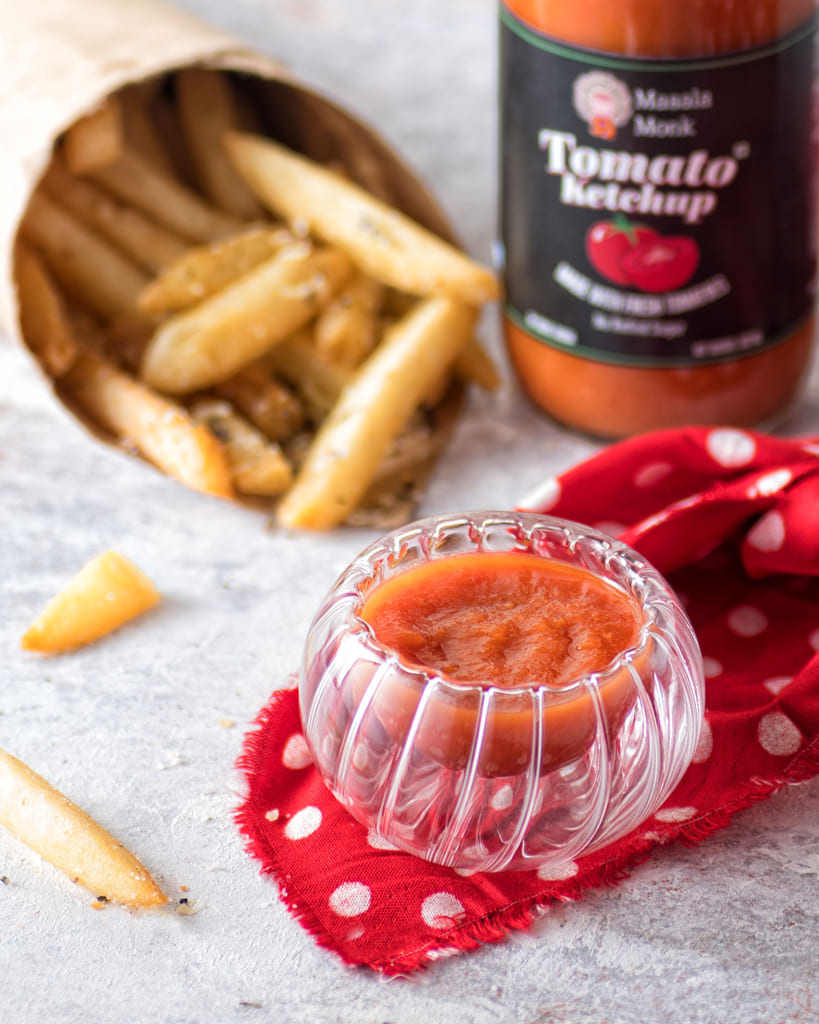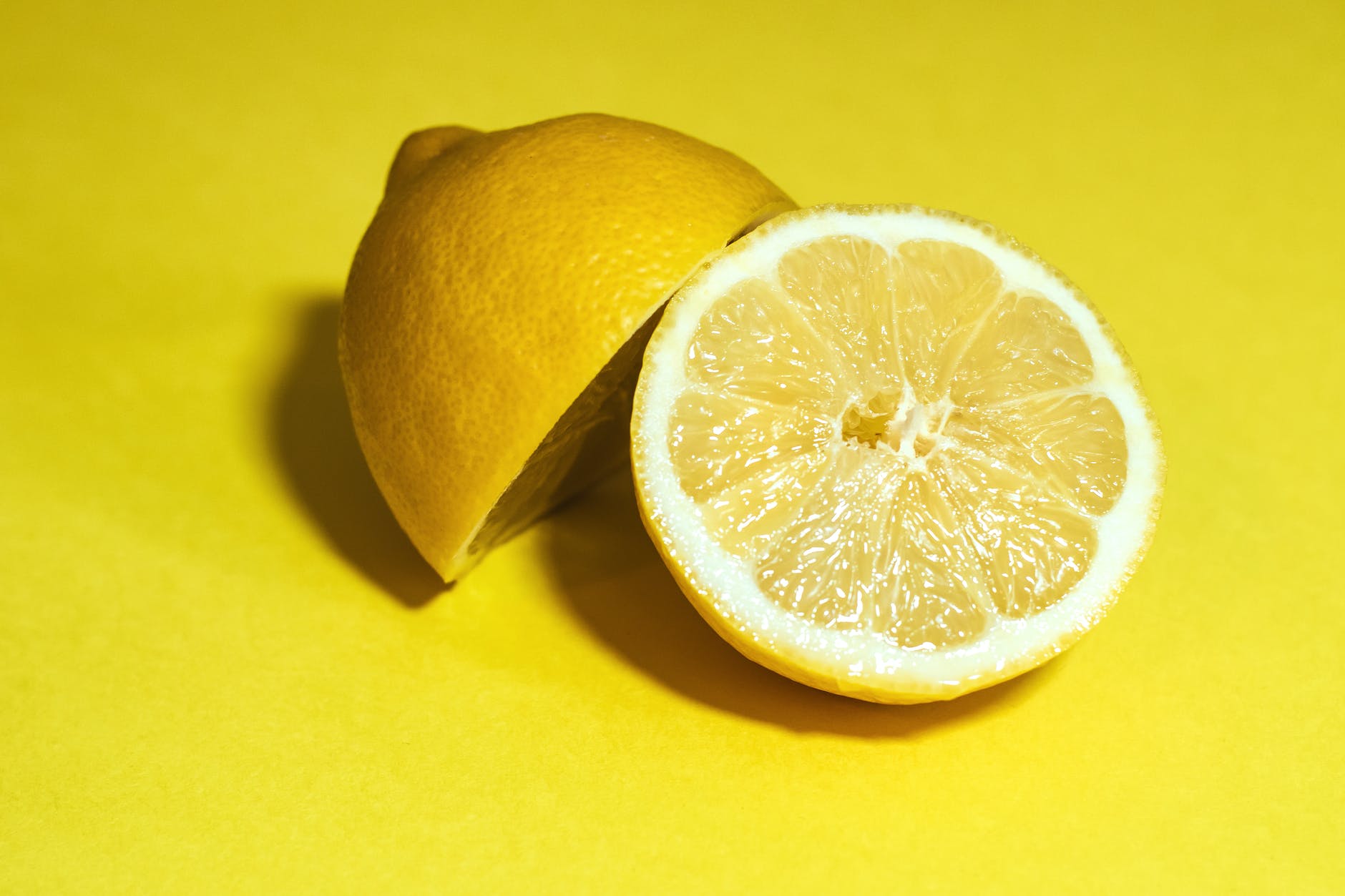
When it comes to making delicious homemade French fries, choosing the right type of potato is key to achieving that perfect crispy exterior and fluffy interior. While store-bought frozen fries are convenient, nothing compares to the taste and texture of homemade fries. In this tantalizing and detailed blog post, we’ll guide you through the world of potatoes and unveil the best varieties for making French fries that will satisfy your cravings. From starchy to waxy, we’ll explore the characteristics of different potato types, their impact on fry texture, tips for achieving French fry perfection, and why homemade fries are a cut above the rest. Get ready to elevate your fry game to a whole new level! 🥔🍟
🍟 Understanding Potato Types and Fry Texture Potatoes can be broadly categorized into three types based on their starch content: starchy, waxy, and all-purpose. Each type has unique characteristics that affect the texture of French fries:
- Starchy Potatoes: Starchy potatoes, such as Russet or Idaho potatoes, have a high starch content and low moisture. These potatoes are ideal for making French fries with a fluffy interior and a crispy, golden exterior. Starchy potatoes absorb less oil during frying, resulting in a lighter, less greasy fry. They have a mealy texture that melts in your mouth, making them perfect for those who love a classic fry experience.
- Waxy Potatoes: Waxy potatoes, like Red Bliss or New Potatoes, have a lower starch content and higher moisture. They hold their shape well during cooking and are less prone to falling apart. While waxy potatoes may not achieve the same level of crispiness as starchy varieties, they offer a creamier texture and a slightly sweeter flavor. Waxy potatoes are an excellent choice if you prefer fries with a denser bite and a more substantial texture.
- All-Purpose Potatoes: All-purpose potatoes, such as Yukon Gold, fall somewhere in between starchy and waxy potatoes. They have a moderate starch content and a good balance of moisture. All-purpose potatoes can yield fries with a nice combination of fluffy interiors and crispy exteriors. They offer versatility and can be a reliable option if you’re looking for a fry that strikes a balance between starchy and waxy textures.
🥔 Best Potato Varieties for French Fries Now that we understand the different potato types, let’s explore the best varieties for making exceptional French fries:
- Russet Potatoes: Russet potatoes are the go-to choice for many French fry aficionados. Their high starch content and low moisture result in fries that are light, crispy, and fluffy on the inside. Russet potatoes also have a neutral flavor, allowing them to absorb seasonings and sauces well. When cooked to perfection, Russet fries have a delicate, golden-brown crust with a tender, mealy center.
- Yukon Gold Potatoes: Yukon Gold potatoes, with their creamy yellow flesh and buttery flavor, make excellent French fries. They have a moderate starch content and higher moisture, resulting in fries that are slightly less crispy but still wonderfully flavorful. Yukon Gold fries have a slightly denser texture and a rich, indulgent taste that pairs well with various dipping sauces or seasonings.
- Kennebec Potatoes: Kennebec potatoes are another favorite for making exceptional French fries. With their high starch content and low sugar levels, Kennebecs produce fries with a golden, crispy exterior and a fluffy interior. They are known for their ability to absorb less oil during frying, resulting in fries that are less greasy. Kennebec fries have a satisfying crunch and a melt-in-your-mouth texture that will leave you craving more.
🍟 The Superiority of Homemade Fries While it’s tempting to reach for a bag of frozen fries, homemade fries have a distinct advantage in terms of flavor, texture, and customization:
- Freshness: Homemade fries are made from fresh potatoes, allowing you to enjoy the natural flavors and textures of the potato. This freshness contributes to a more vibrant and satisfying fry experience. You can choose the potatoes yourself and ensure they are of high quality and freshness, resulting in fries that taste superior to their frozen counterparts.
- Control over Ingredients: When making homemade fries, you have complete control over the ingredients used. You can choose high-quality potatoes, control the amount of oil and seasoning, and avoid any unwanted additives or preservatives found in store-bought options. This allows you to create fries that are tailored to your taste preferences and dietary needs.
- Customization: Homemade fries offer endless possibilities for customization. You can experiment with different seasonings, herbs, and spices to create your own unique flavor profiles. Whether you prefer classic salt and pepper, spicy Cajun seasoning, tangy garlic Parmesan, or a combination of your favorite flavors, homemade fries allow you to unleash your creativity and satisfy your culinary desires.
- Texture: Homemade fries give you the flexibility to achieve your desired texture. Whether you prefer them extra crispy or with a softer bite, you can adjust the cooking time and oil temperature to achieve your desired results. You have the power to customize the texture to match your personal preferences, ensuring that every bite is just the way you like it.
🍟💡 Armed with this knowledge of potato types and essential techniques, you’re well on your way to creating mouthwatering, homemade French fries. Experiment with different potato varieties and cooking methods to find your perfect fry. Whether you prefer the classic Russets or want to explore the creaminess of Yukon Golds, the world of French fry possibilities awaits! So, ditch the frozen fries and embark on a homemade fry adventure that will leave your taste buds craving more. 🥔🍟










